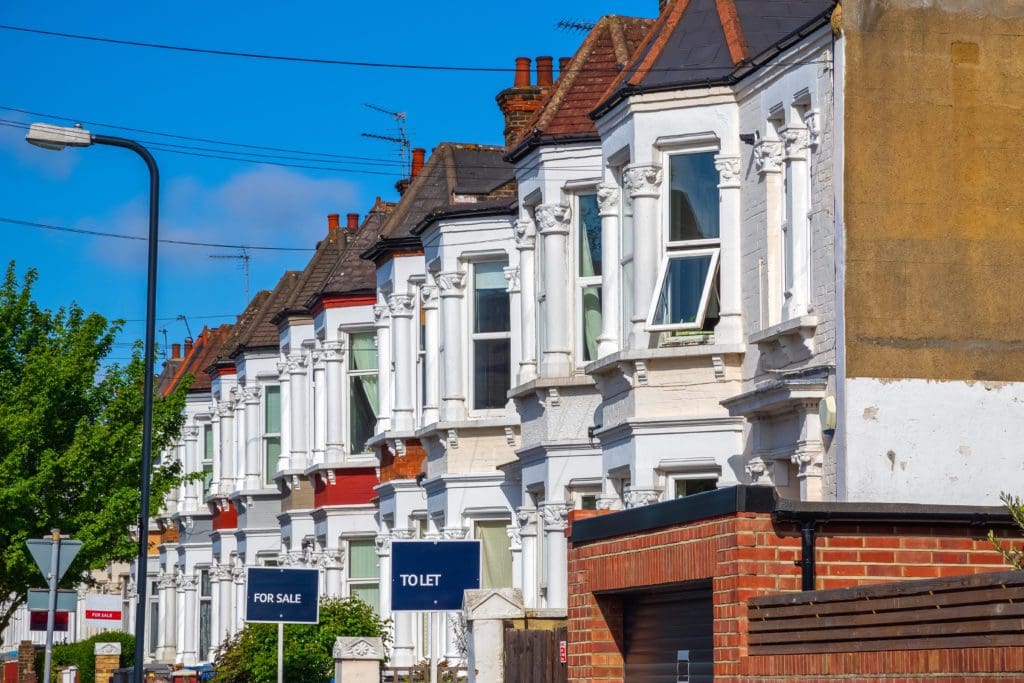Older homes have a unique charm that modern houses often can’t replicate. Whether it’s the detailed trim, vintage light fixtures, or solid wood doors, these elements tell a story. But while the character is cherished, the lack of modern convenience, efficiency, and layout can pose challenges. The good news is you don’t have to sacrifice personality to enjoy updated living. Here’s how you can modernize an older home while preserving its timeless appeal.
1. Preserve Architectural Details
The first rule of modernizing an older home is: don’t strip away its soul. Crown molding, original hardwood floors, built-in shelves, and vintage door knobs are treasures. Instead of replacing them, look for ways to restore and highlight these details.
For example, if your home has hardwood floors hidden under carpet, consider refinishing them rather than installing something new. If the trim is chipped or faded, a fresh coat of paint can bring it back to life. Keeping these details not only maintains the home’s authenticity but can also increase its value.
2. Upgrade Systems Invisibly
One of the biggest drawbacks of older homes is outdated infrastructure—think old plumbing, knob-and-tube wiring, or inefficient heating systems. Fortunately, these can be replaced without affecting the visible design of your home.
Focus on improving what’s behind the walls: upgrade the electrical system for safety, replace old plumbing to prevent leaks, and improve insulation for better energy efficiency. These improvements make the home more livable without changing its character.
You can also integrate smart home technology subtly. Use smart thermostats and lighting systems that don’t disrupt the original aesthetics but offer modern convenience.
3. Open Up the Space—With Respect
Many older homes have smaller rooms and more walls than today’s open-concept designs. If you’re looking to open up the floor plan, do it thoughtfully.
Before knocking down any walls, consult with a structural engineer or architect. Instead of removing everything, consider creating wider openings between rooms or using archways to maintain the traditional feel. Pocket doors or French doors can offer flexibility—open for flow, closed for privacy—while still looking period-appropriate.
4. Modernize the Kitchen and Bathrooms Tastefully
Kitchens and bathrooms are often where the most dramatic changes happen—and they usually need it. The key is to balance function with form.
In the kitchen, consider shaker-style cabinetry, a farmhouse sink, or subway tile backsplash—all of which offer a clean, modern look that complements vintage homes. Use updated appliances in retro finishes or conceal them with custom panels to blend them into the cabinetry.
In bathrooms, retain elements like clawfoot tubs or vintage tile if they’re in good shape. Add modern functionality through updated fixtures, efficient toilets, and sleek vanities that complement rather than clash with the home’s character.
5. Let Lighting Do the Work
Good lighting can completely change how a home feels. Replace harsh fluorescent fixtures with warm, energy-efficient LED lighting. Use a mix of ambient, task, and accent lighting to highlight the home’s architecture.
Restoring vintage chandeliers, adding sconces, or installing dimmer switches can give you both functionality and style. Choose fixtures that feel timeless—modern enough to feel fresh, but not so trendy that they look out of place.
6. Freshen Up with Paint and Color
Paint is one of the easiest and most cost-effective ways to update an older home. Soft neutrals like greige, warm white, and muted blues can make spaces feel bigger and brighter while still feeling classic.
If your home has rich wood trim or paneling, consider leaving some of it exposed. The contrast between natural wood and modern paint can be stunning. Be mindful of the color palette used during the home’s era and incorporate it where appropriate to retain a sense of cohesion.
7. Add Storage Thoughtfully
Older homes often lack closets and storage space. Rather than building new ones that break the visual rhythm, look for creative storage solutions. Use built-in benches with storage underneath, restore old armour, or add custom cabinetry that mimics the home’s existing trim.
Reclaim unused space—like under the stairs or attic nooks—for additional storage that doesn’t compromise the aesthetics.
8. Furnish in a Mixed Style
You don’t have to fill your home with antiques to honor its age. In fact, mixing old and new often creates the most visually interesting spaces. A sleek modern couch can look amazing next to a vintage credenza. A minimalist dining table can anchor a room filled with original wood paneling.
Balance is key. Let your home’s architecture guide your choices, and don’t be afraid to layer textures, patterns, and eras.
9. Keep the Exterior Authentic
Curb appeal matters—and it sets the tone for what’s inside. When updating an older home, respect its exterior style. Replace vinyl siding with materials that match the original, restore porch railings, and choose historically appropriate paint colors.
Modernize subtly: upgrade to energy-efficient windows that replicate the original designs or install a new front door that matches the period but offers better insulation and security.
Final Thoughts
Modernizing an older home doesn’t mean erasing its history. In fact, the most successful renovations are those that strike a balance—embracing modern comfort while celebrating the past. With thoughtful planning and a keen eye for detail, you can breathe new life into your space while preserving the character that makes it special.

